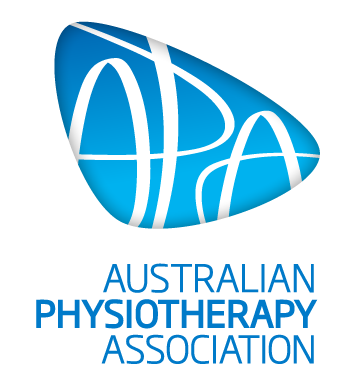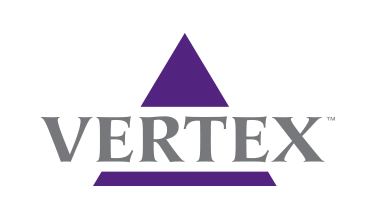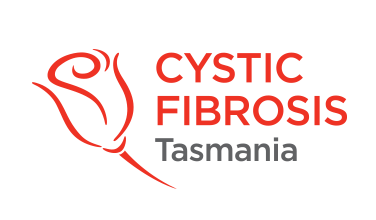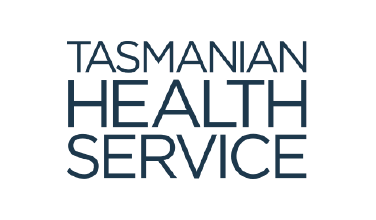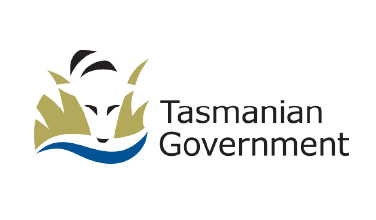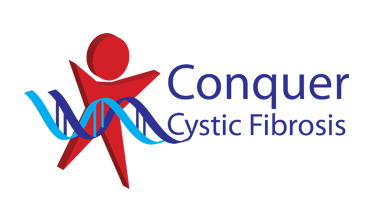Choosing your Nebuliser device
There is no perfect device. There are many factors to consider when purchasing or deciding on which device you will use to deliver inhaled medications.
Devices change frequently so please discuss with your physiotherapist prior to purchase.
The type of nebuliser device used is very important in determining how much medication is effectively delivered to your lungs. Even if you take all of your inhaled medications, the effects of the medication may be limited by issues such as:
- The device is not ideal, it may be difficult to clean and keep in a good working order, it may not deliver the medication you have been prescribed, it may be a device that is not approved for the volume of medications you are on
- A device that is not maintained correctly or not working well
- Not using correct breathing techniques, or in the correct position when nebulising
Inhaled therapy can take a long time so it is important that you choose the best device, to make sure your treatment time is efficient and effective.
Please work together with your physiotherapist to decide on the best treatment plan for you and the best equipment to use for this. Here is some helpful information to help you with these conversations.
Important points to consider:
What is the medication you are trying to deliver to your lungs?
- Certain medications need a specific device to be delivered to the lungs, and some medications can damage devices if used incorrectly
- Some medications need to be delivered to targeted areas in the lungs, the device delivering them can have an impact on the particle size of the inhaled therapy as it enters your airways
- Some medications are very viscous (thick) and they will not be converted into an aerosol as efficiently through some devices
Are you able to use the equipment properly?
- A mouthpiece is the best way to deliver inhaled therapies with a nebuliser but various factors (including age) might mean it is recommended to use a mask
- If you have any issues with your hands, painful joints or weakness, this may impact what type of inhaler devices you choose
Where are you taking your inhaled therapies?
- Some devices are louder than others and depending on where you are using your inhaled therapy equipment you might opt for a device that is quiet in its delivery
- You may need to be more mobile whilst taking your inhaled therapies to include them in your busy day, deciding on a device that is portable and with less cords might be a better option
- Some medications may be available to be delivered as a dry powder. Check with your team if this is true for the medication best suited to you
How many inhaled therapies do you need to take in a day?
- Depending on how many medications you need to deliver to your lungs you may need interchangeable chambers or a device that is easy to clean in between use
The cost of device is very important to consider, not just the initial start-up purchase but the ongoing costs for any replacement chambers and parts.
It is also important to consider what cleaning and maintenance is involved in the device you choose. It is essential that inhaled therapy equipment is cleaned regularly to ensure they continue to work efficiently and also minimise any risk of contamination from unwanted bugs.
There are many different nebuliser devices on the market. The devices we have included have been tested with medications that are commonly used in the CF community (unless stated otherwise).
Here are some comparisons between nebuliser options to help you in your decision making
JET COMPRESSOR NEBULISER PUMPS | MESH TECHNOLOGY NEBULISERS |
Requires mains power when in use | Requires mains power for charging only |
Noisier | Quieter |
Heavier and less portable | Light and portable |
Replacement nebuliser bowls various options | Specific nebuliser bowls/chambers required |
Less expensive | More expensive (initial purchase and ongoing costs) |
Parts replacement required 6-12 months | Parts replacement required 6-12 months (may need to be more frequent if not cleaned effectively) |
Easier to clean and maintain | Often more difficult to clean and more particular cleaning technique required |
Nebuliser Jet Compressors

Pari Boy Classic

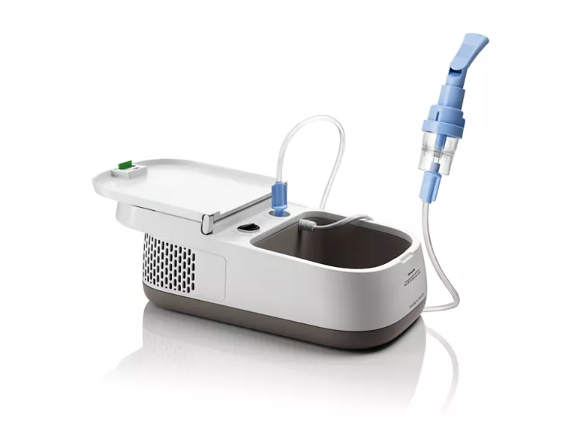
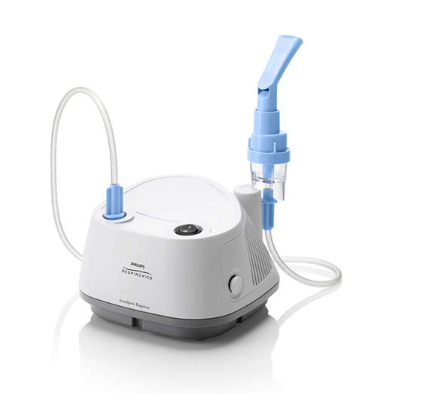

Nebuliser chambers
When combining a nebuliser chamber with a compressor it is important to know:
- Minimum flow the nebuliser chamber requires to function optimally
- Consider the pressure the compressor can generate as this contributes to how fast the nebuliser runs
- Whether the compressor is designed for several nebulised medications/day
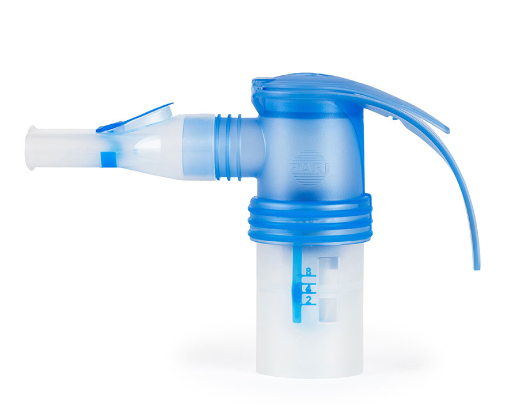


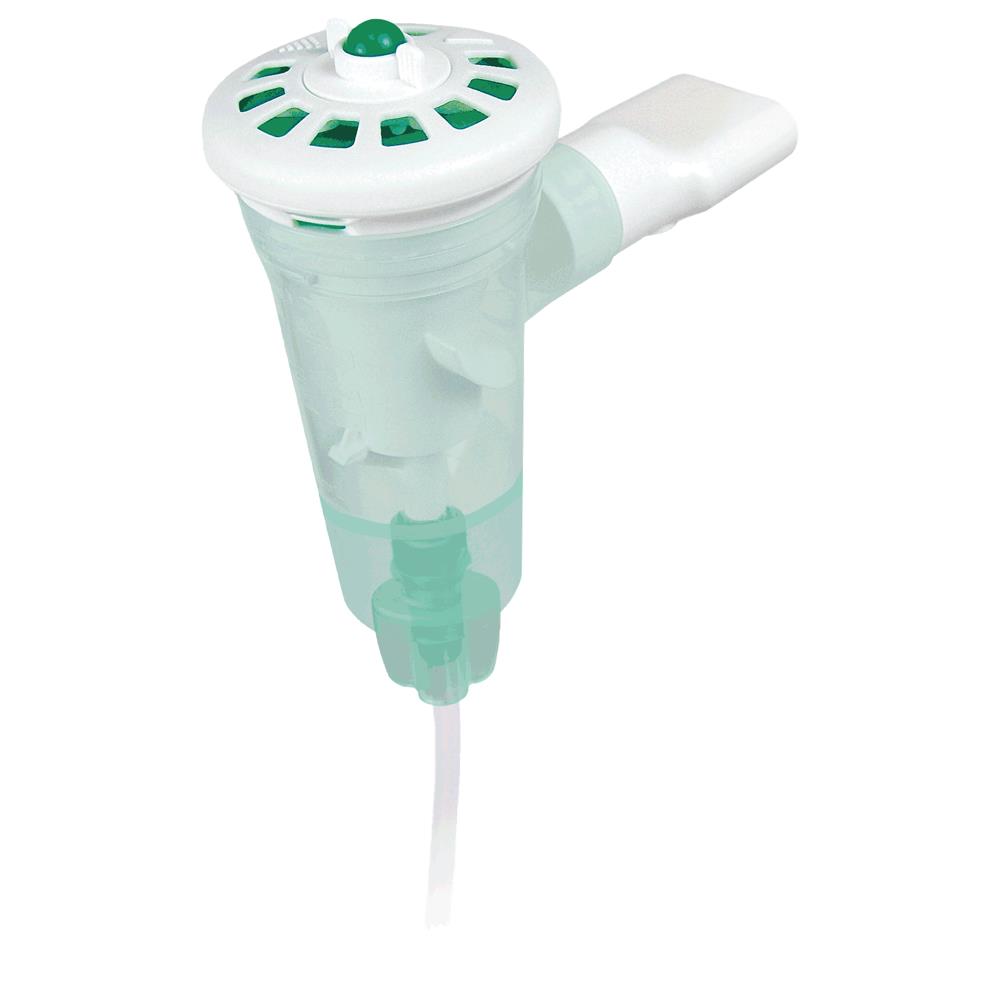



MOUTHPIECE | MASK |
Transition to mouthpiece usually age 4, dependent on child’s ability to consistently breathe through their mouth | Used if under 4 years of age |
Better deposition of particles, mouthpiece clinically preferred once able to use effectively | For use in older children or adults unable to effectively hold/position the mouthpiece |
Need to be actively involved and able to effectively position the mouthpiece behind the teeth and tight lip seal. | Ensure exhalation point is not occluded |
Mesh Technology
This is an evolving space in CF care with many devices not being always accessible and many not yet tried and tested with CF medications.
The device most extensively used and researched in CF is:

E Flow Rapid (please note this device is expensive and replacement parts recommended to be changed every 6 months are also at a cost to the owner).
The following mesh nebs have had limited research in CF but have comparable qualities and particle size delivery for common CF medications:
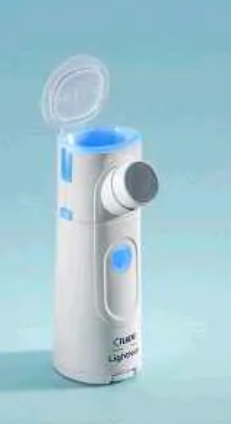
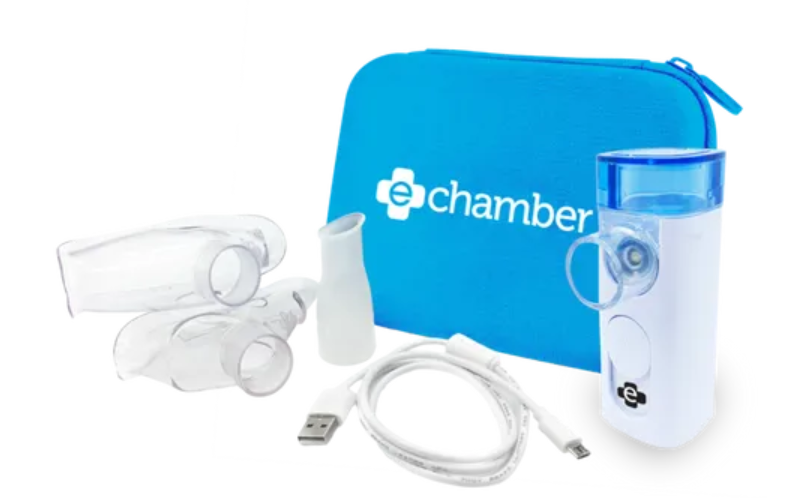
Bird Healthcare E Mesh – note this is only able to be used to deliver salbutamol, hypertonic saline, normal saline, tobramycin and pulmozyme
The following device has been discontinued but may still be in use and is a good option for safe and effective delivery via mesh technology of commonly used CF medications:

Innospire Go – note this is only able to be used to deliver salbutamol, hypertonic saline, normal saline, tobramycin and pulmozyme


